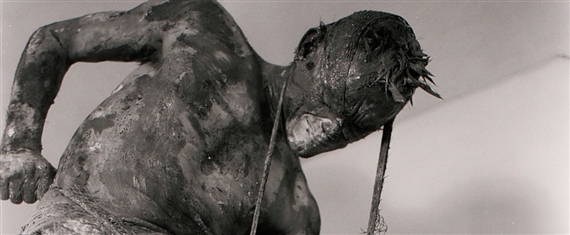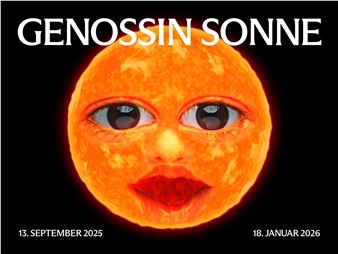Gû¥nter Brus: The Unrest after the Storm
As one of the most important pioneers of performance art, in the 1960s Guänter Brus made the body the scene of his artistic efforts and scandalized the public in the process. On the occasion of his 80th birthday, the 21er Haus is hosting a comprehensive retrospective in appreciation of his oeuvre.
While in his early work Guänter Brus used the body as the basis for the painterly process, in his later performances and actions the body serves as the screen onto which he projected his critique of society. In 1970, Brus received a prison sentence for his participation in the Viennese Kunst und Revolution event and fled into exile in Berlin. There, he produced countless cycles of drawings that build upon his experiences in Vienna, while also drafting theater plays.
The major retrospective on the upper floor of the 21er Haus showcases key cycles of works by this exceptional Austrian artist in their entirety, rendering the linkages and context visible: from the early gestural paintings to his performances and actions and on to his later drawings, ãpicturepoemsã and works for theater. In total, more than 600 individual exhibits will be on show, including films and hitherto unknown series of works. Central themes in the retrospective include the active role that Anna Brus played in the joint performances and how Guänter Brus advanced his work during his exile in Berlin. There will be a space in the exhibition dedicated to alternating projects he created jointly with fellow artists such as Arnulf Rainer, JûÑrg Schlick or Sophia Suäûmilch.

Recommended for you
As one of the most important pioneers of performance art, in the 1960s Guänter Brus made the body the scene of his artistic efforts and scandalized the public in the process. On the occasion of his 80th birthday, the 21er Haus is hosting a comprehensive retrospective in appreciation of his oeuvre.
While in his early work Guänter Brus used the body as the basis for the painterly process, in his later performances and actions the body serves as the screen onto which he projected his critique of society. In 1970, Brus received a prison sentence for his participation in the Viennese Kunst und Revolution event and fled into exile in Berlin. There, he produced countless cycles of drawings that build upon his experiences in Vienna, while also drafting theater plays.
The major retrospective on the upper floor of the 21er Haus showcases key cycles of works by this exceptional Austrian artist in their entirety, rendering the linkages and context visible: from the early gestural paintings to his performances and actions and on to his later drawings, ãpicturepoemsã and works for theater. In total, more than 600 individual exhibits will be on show, including films and hitherto unknown series of works. Central themes in the retrospective include the active role that Anna Brus played in the joint performances and how Guänter Brus advanced his work during his exile in Berlin. There will be a space in the exhibition dedicated to alternating projects he created jointly with fellow artists such as Arnulf Rainer, JûÑrg Schlick or Sophia Suäûmilch.
Artists on show
Contact details

Related articles
One summer day in 1965, a small car stopped on Viennaãs central Heldenplatz or ãHeroesã Square.ã Out climbed a slender man of average...
If Vasari were to update his ãLives of the Artistsã for the 20th Century, Marta Jungwirth and Gû¥nter Brus would serve well as the Janus faces of painterly abstraction in Vienna in the period 1945-2000. Both Jungwirth and Brus, born in 1940 and 1938, respectively, have some...

 ARTISTS
ARTISTS












